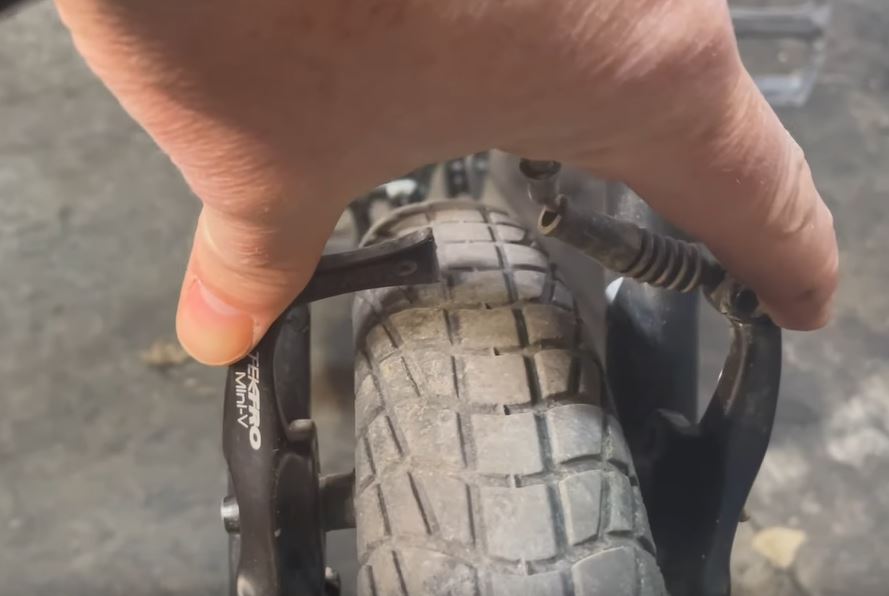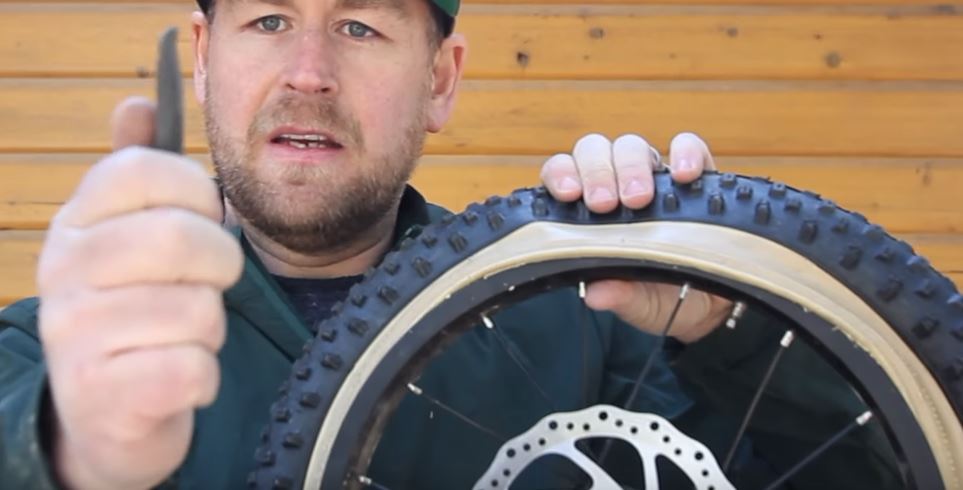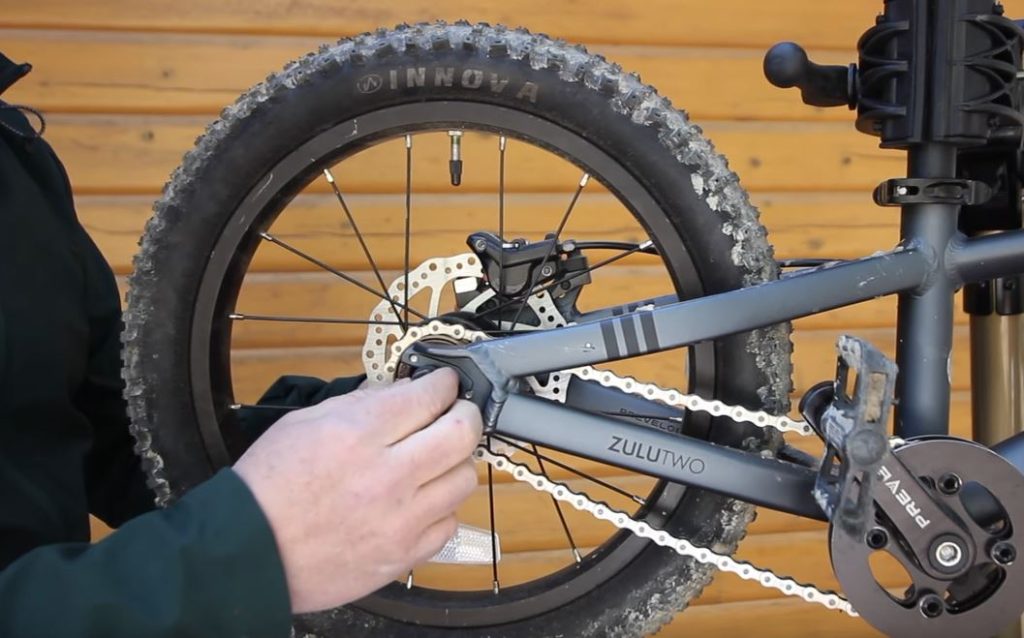Changing a bicycle tire is easy with these simple steps.
Materials required:
- New tire
- Tire levers
- Bicycle pump
- Wrench (if necessary)
Steps:
- Find a clean and flat surface to work on. If possible, prop up the bike on a bike stand or turn it upside down on the handlebars and seat.
- Release the brake. You may need to use a wrench to release the cable tension.

- Remove the wheel from the bike. If you have a quick-release skewer, flip open the lever and unscrew it from the axle. If you have bolt-on axles, use a wrench to remove the nuts.
- Deflate the tube and break the tire bead of one side of the rim (with your hands). Use the tire levers to pry the tire off the rim, starting at the bead opposite the valve stem. Work your way around the tire, lifting the bead over the rim. Be careful not to damage the inner tube.

- Gently pull the valve stem out and remove the tube from the tire.
- Remove the tire fully from the rim. Use the tire levers to pry the tire off the rim. Work your way around the tire, lifting the bead over the rim.
- Check the tube for damage. Inflate and inspect the for any cuts, punctures. If the tube is damaged, patch it or replace it with a new one.
- Insert one bead of the new tire onto the rim. Insert the valve stem into the hole and pump up the tube slightly so it takes shape.
- Work the second tire bead around the rim using your thumbs to push the bead onto the rim. You may need to use a tire lever to get the last of the bead on the rim. Be careful not to pinch the inner tube.

- Fully Inflate the tire. Check the recommended pressure range printed on the tire sidewall.
- Reinstall the wheel. Insert the axle into the dropouts on the frame. If you have a quick-release skewer, tighten it by flipping the lever closed. If you have bolt-on axles, tighten the nuts with a wrench. Make sure the wheel is centered and secure.

- Check the brakes. Squeeze the brake levers to make sure the pads are lined up with the rim. If necessary, adjust the brake pads and cable tension.


